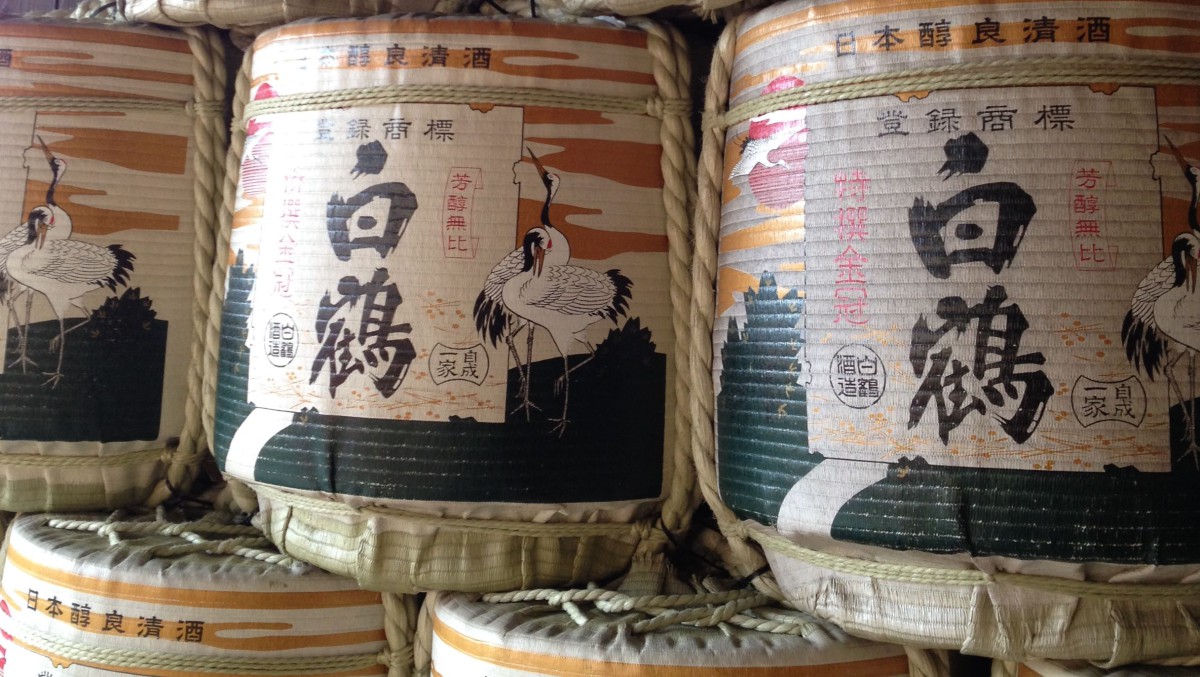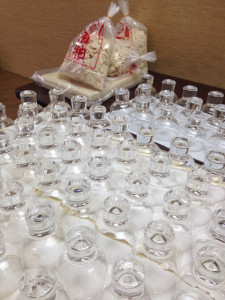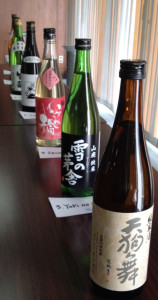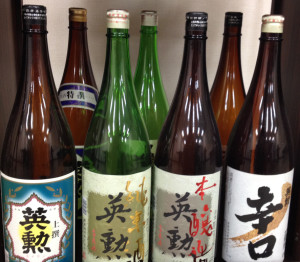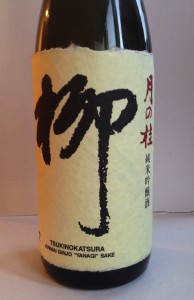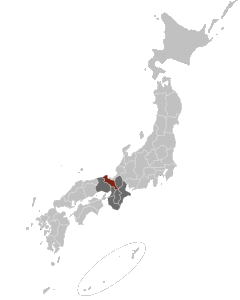When in doubt, add a splash of dashi. Dashi is everywhere in Japanese dishes.
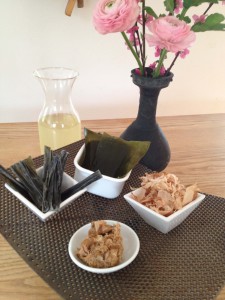
It is cooking liquid, seasoning as well as base for soups and sauces. Good dashi is magical. It is subtle and delicate but has the power to enhance flavors without overpowering dishes with its own taste. Sometimes just a few drops can make all the difference in the world between a good and a gorgeous dish. Making good dashi is easy and only takes a couple of minutes.
So here is a quick guide how to make Japan’s liquid gold from only two ingredients: Katsuo bushi (bonito flakes) and Kombu (seaweed).
Make Kombu-dashi
In Tokyo with its hard water Hidaka-Kombu is the standard, in the Kansei Region with its soft water it is Ma-Kombu. But if you have not access to different types of kombu, just use the one you can get your hands on.
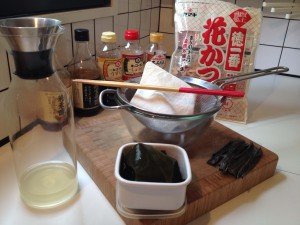
Take a piece of about 10 x 10cm and let it sit for a minimum of 15 Minutes in a glass jar filled with water. I usually use about 750 ml.
DON’T wipe off any of the white powder that might be on your dry kombu. Similar to the sugar that gets to the surface of dried fruits, the natural glutamates of the kombu appear as a white powder on the surface. And the entire purpose of making dashi is to extract them. So wiping them off would diminish all your efforts.
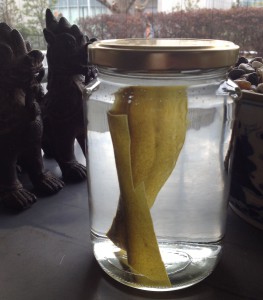 To save some (waiting) time during the cooking process, I recommend to do this right when you decide to cook something Japanese and have it sit in your kitchen until you are ready to go. This can even be a couple of hours or over night when you put the jar in the fridge. The result that you will get in your jar is kombu-dashi. Kombu-dashi is frequently used in vegan dishes as a replacement for dashi and has a similar flavor enhancing character.
To save some (waiting) time during the cooking process, I recommend to do this right when you decide to cook something Japanese and have it sit in your kitchen until you are ready to go. This can even be a couple of hours or over night when you put the jar in the fridge. The result that you will get in your jar is kombu-dashi. Kombu-dashi is frequently used in vegan dishes as a replacement for dashi and has a similar flavor enhancing character.
Make Dashi
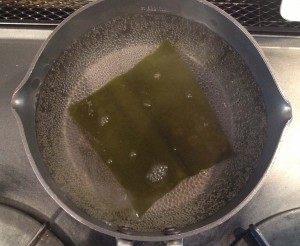
To make dashi, heat the kombu-dashi with the kombu in it on medium heat until about 85°C. If you want to be exact you can of course use a thermometer, but a close observation of your pot will do the trick as good: Remove your pot from the heat once the bubbles begin to break on the surface. This is about 85°C and the optimal temperature to extract the glutamates but not the (bitter) tannins of the kombu. Now is the time to add a good hand full
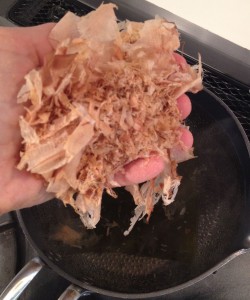
of katsuo bushi and wait for two or three Minutes before straining them through a fine mesh layered with Sarashi or a kind of fine-woven cloth that you have on hand. Use the dashi right away or let it cool to room temperature before covering it and putting it in the fridge for later use.
That’s it. It is that easy!
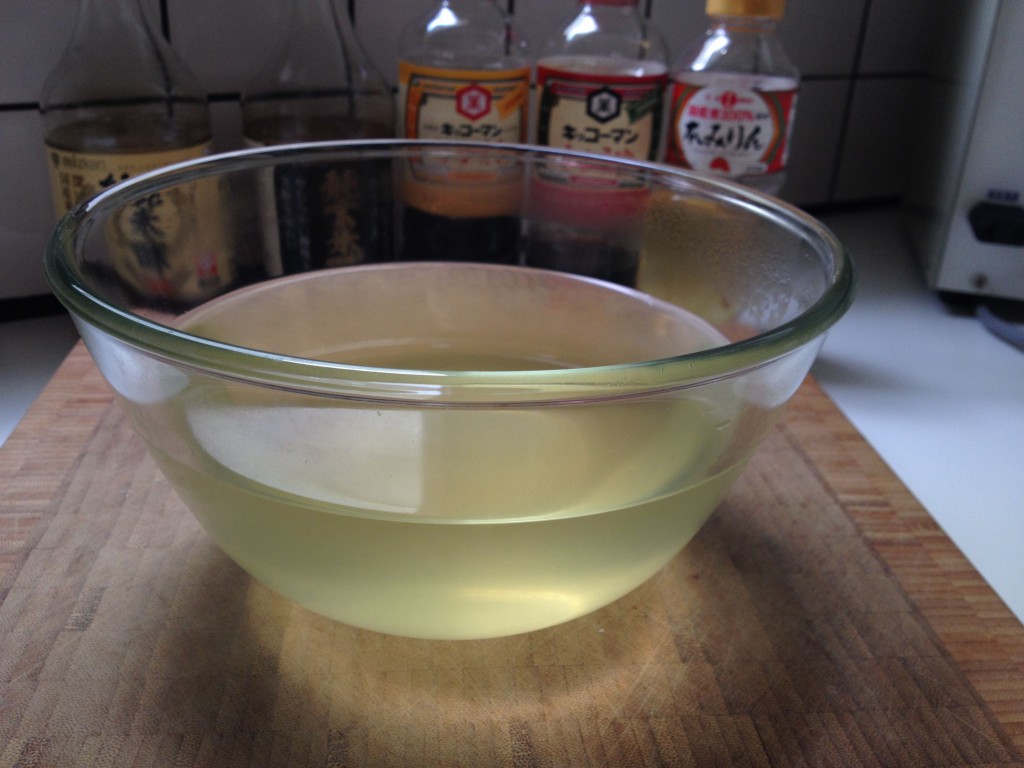
Despite all the simplicity there are a few things to consider:
- Don’t put in more katsuo-bushi or soak them longer. Doing that would extract the fishiness instead of the smokiness.
- Don’t wash the cloth that you used with soap unless you want your next dashi to taste soapy. Just rinse it right away under very warm water and hang it to dry.
- Last but not least: There are recipes out there that call for the Katsuo Bushi to sink to the bottom of the pot before straining. That is not a good rule of thumb! The time for the Katsuo Bushi to sink to the bottom depends heavily on their size. Large flakes, that you will often find after just opening a new bag, will sink very slowly. Much longer than the two to three Minutes that you need. Whereas the flakes on the bottom of a bag, that are almost powder, will sink right away to the bottom, which would give them not enough time to release their wonderful flavor.
P.S: As nothing is going to waste in the Japanese kitchen, making dashi is no exception. Save the kombu and use it for quick pickles or tsukdani (simmered in soy sauce with herbs or vegetables) and make tasty furikake from the left over katsuo bushi to sprinkle on rice or to mix in onigiri (
